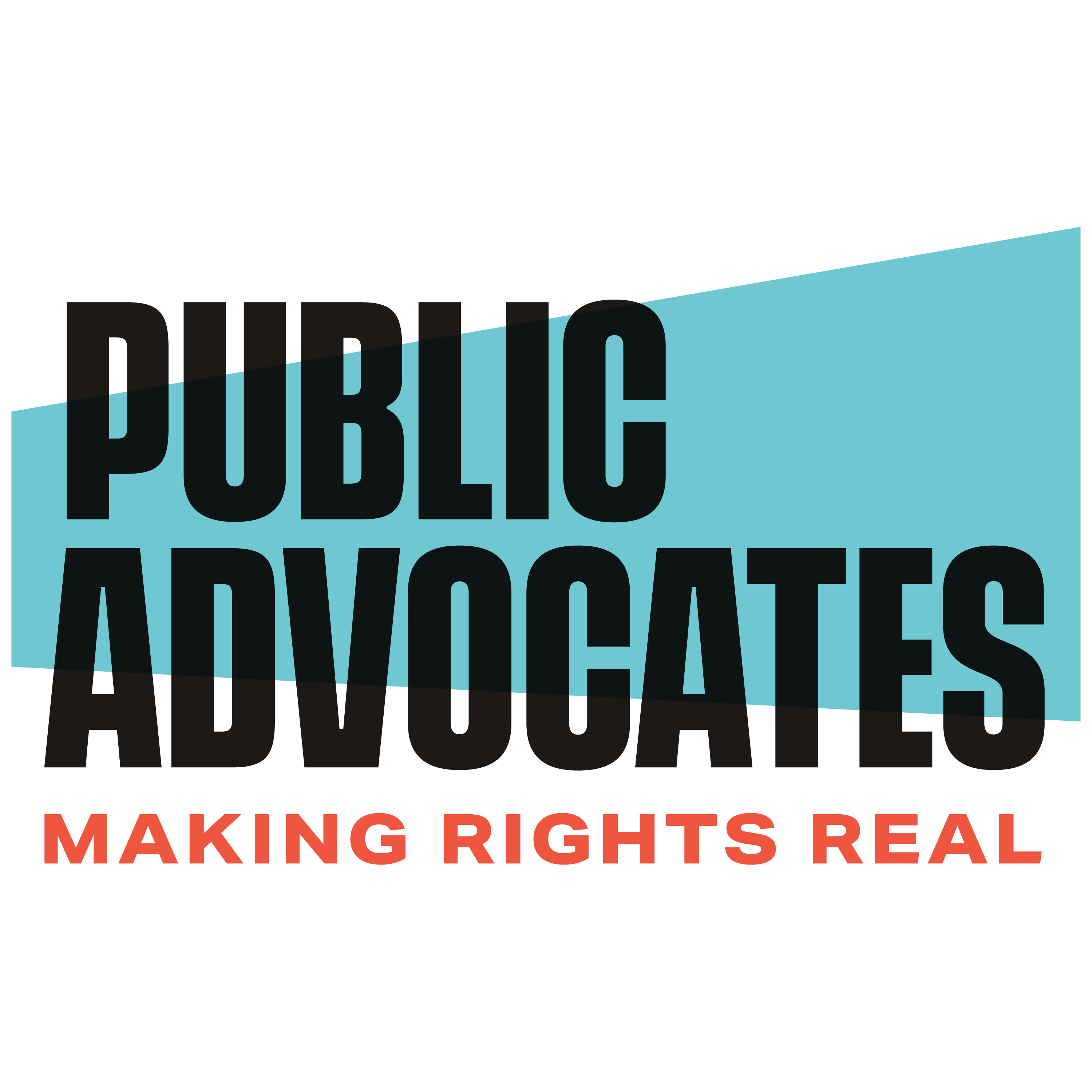August 27, 2021 – Bay City News’ Kiley Russell covers cities’ failure to meet affordable housing goals. Staff Attorney Shajuti Hossain is featured:
“The biggest takeaway (from the data) is that no jurisdictions have met their very-low or low-income allocations, and many of them have surpassed their total allocations,” said Shajuti Hossain, a staff attorney working on regional housing issues at Public Advocates, a nonprofit law firm focused on poverty and race.
For example, from 2015 to 2019 – the first five years of the current cycle – Dublin issued 164 percent of its total housing permits goal, but that’s mostly because it issued 589 percent of its goal for above-moderate-income permits.
During that same period, Dublin, known for being one of the fastest growing places in the state, issued just 3.27 percent of its permit goal for very-low-income housing, 8.74 percent of its goal for low-income and 9.18 percent of its moderate-income goal.
“A lot of jurisdictions will say ‘We’re meeting all of our RHNA allocations, why are you worried about us?’ but they’re only looking at their above-moderate totals,” Hossain said.
Over those same five years, the Bay Area as a region fared only slightly better, with cities and counties combining to issue just 15 percent of building permits needed to meet the Bay Area’s very-low-income housing goals and 25 percent of its low-income goals, according to ABAG data.
“Unfortunately, because of systemic racism, if there’s not affordable housing in a particular city then people who are disproportionately black, Latinx and people of color can’t afford to live there,” Hossain said. “Our region is more segregated today than it was in the 1970s.”
“(The data) is telling us that the status quo is not working and that’s unacceptable,” Hossain said.
Click here to read the article.

